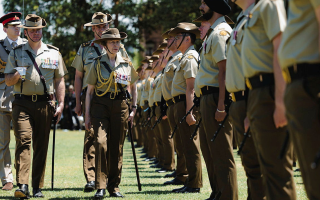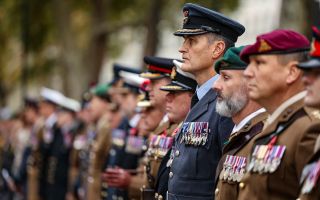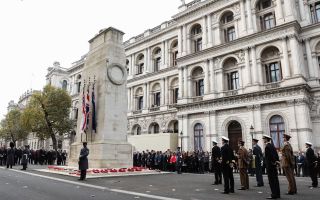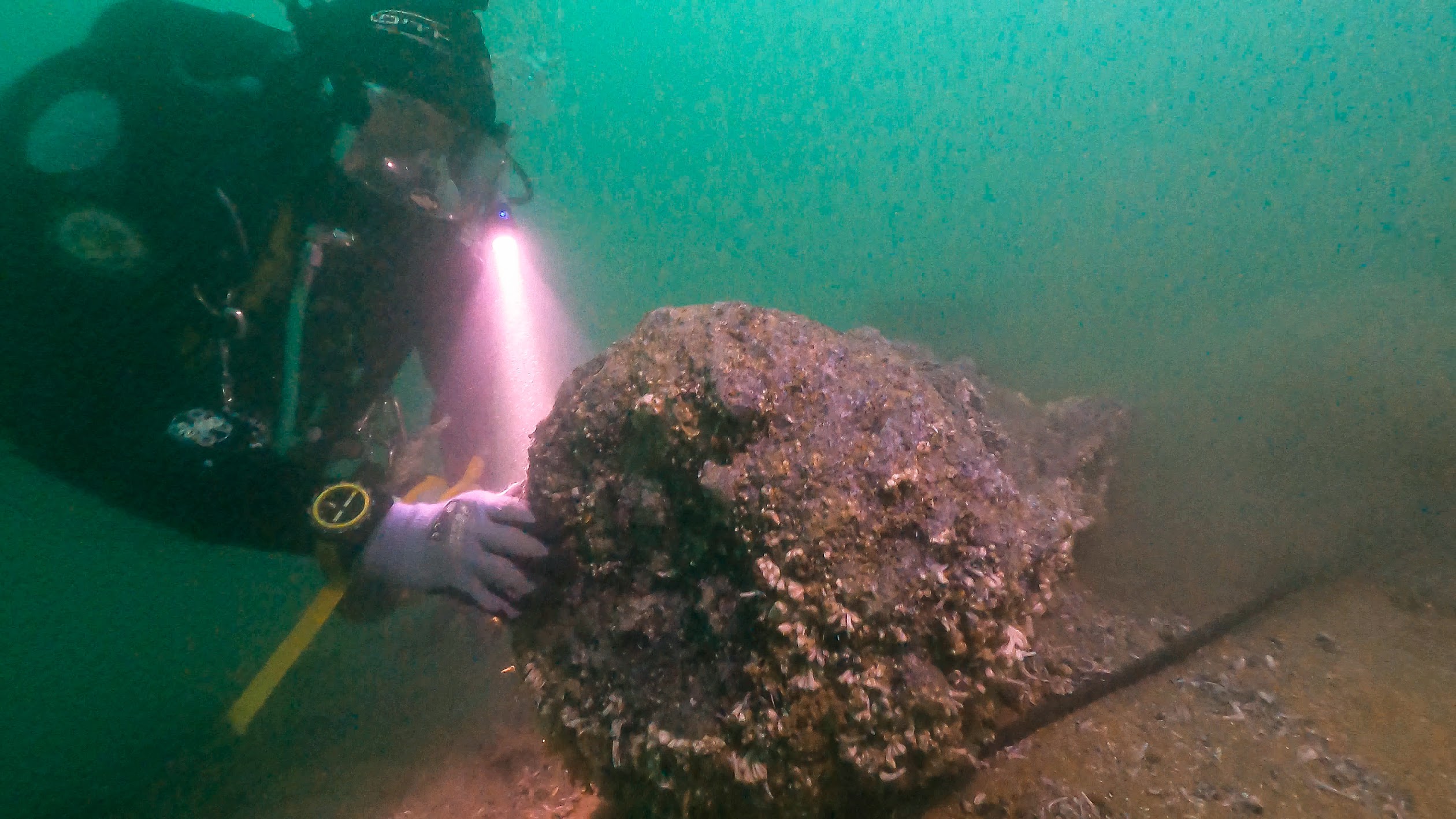
Wreck of 18th century Navy warship emerges from shifting sands near Kent coast

For more than 300 years, the wreck of the English naval ship, HMS Northumberland, which sank in the Great Storm of November 1703, has lain buried in the Goodwin Sands, nine miles off the Kent shoreline.
But as the sand started to shift in recent years, her secrets were slowly uncovered.
Now, a team of divers from Historic England, who are working to record the shipwreck, are warning that while the wreck is now remarkably intact, it could quickly deteriorate.
The Northumberland, a Third Rate 70-gun warship, was built in 1679 and became an important naval ship of her time, until she and her crew met a tragic end in a freak storm.
Historical records eventually led to the spot where she had come to rest, around 15 to 20 metres below the sea's surface.
While her location was first rediscovered in the early 2000s, it was only in July 2024, after sands had shifted further, that divers were able to carry out a full survey.
"The Northumberland is a really significant shipwreck for a number of reasons," said Paul Jeffery, Marine Team Leader at Historic England.
"It was one of a number of state-of-the-art vessels in Samuel Pepys' new English Navy, which is really the birth of the Royal Navy as we know it today.
"It's also really well preserved, because it's been deeply buried under sand on the Goodwin Sands."
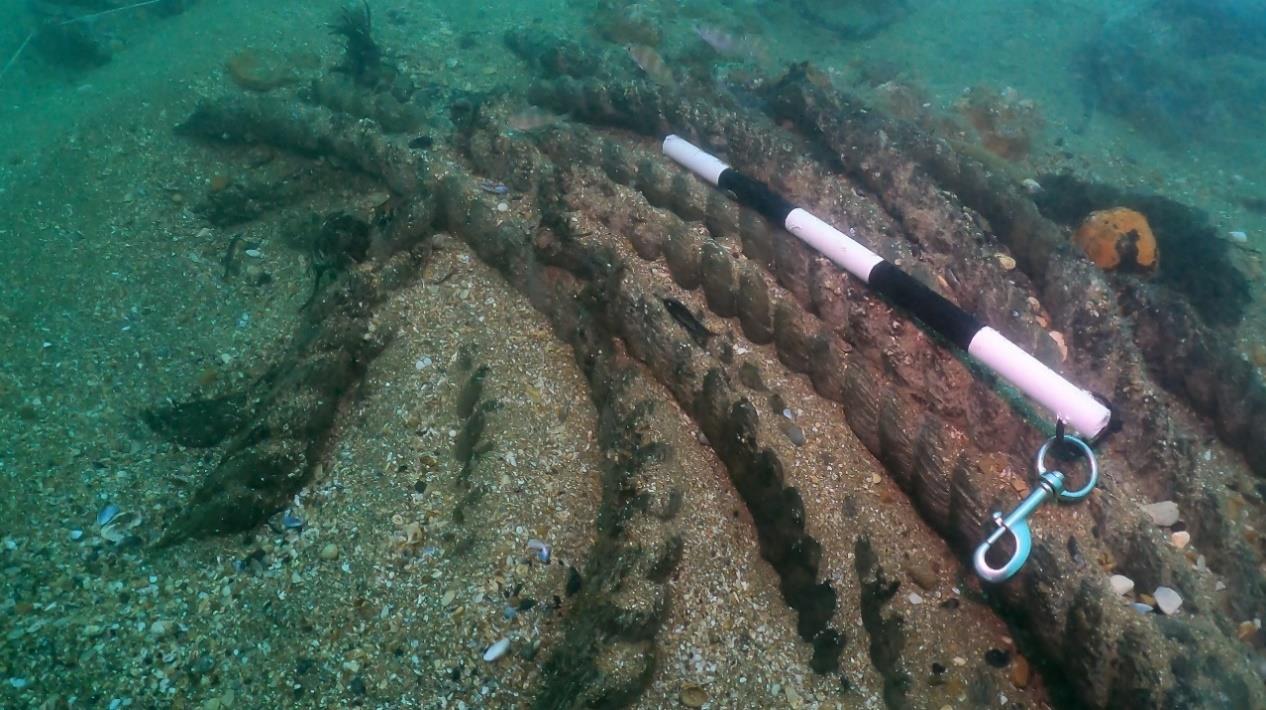
Divers from Historic England were able to clearly identify large sections of the ship and its contents.
"We're seeing massive timber structures, part of the upper decks of the ship, suggesting that the lower decks are surviving below that and on those decks and within the areas that we're seeing, there is everything from cannons to large chests... evidence of swords and muskets and other items," said Mr Jeffery.
But the team fears that now the wreck is exposed, a combination of unstable sands, strong currents and sea creatures, which can burrow into wooden structures and damage them, could cause precious artefacts to disintegrate more quickly.
It is now a race against time to research the wreck in greater detail.
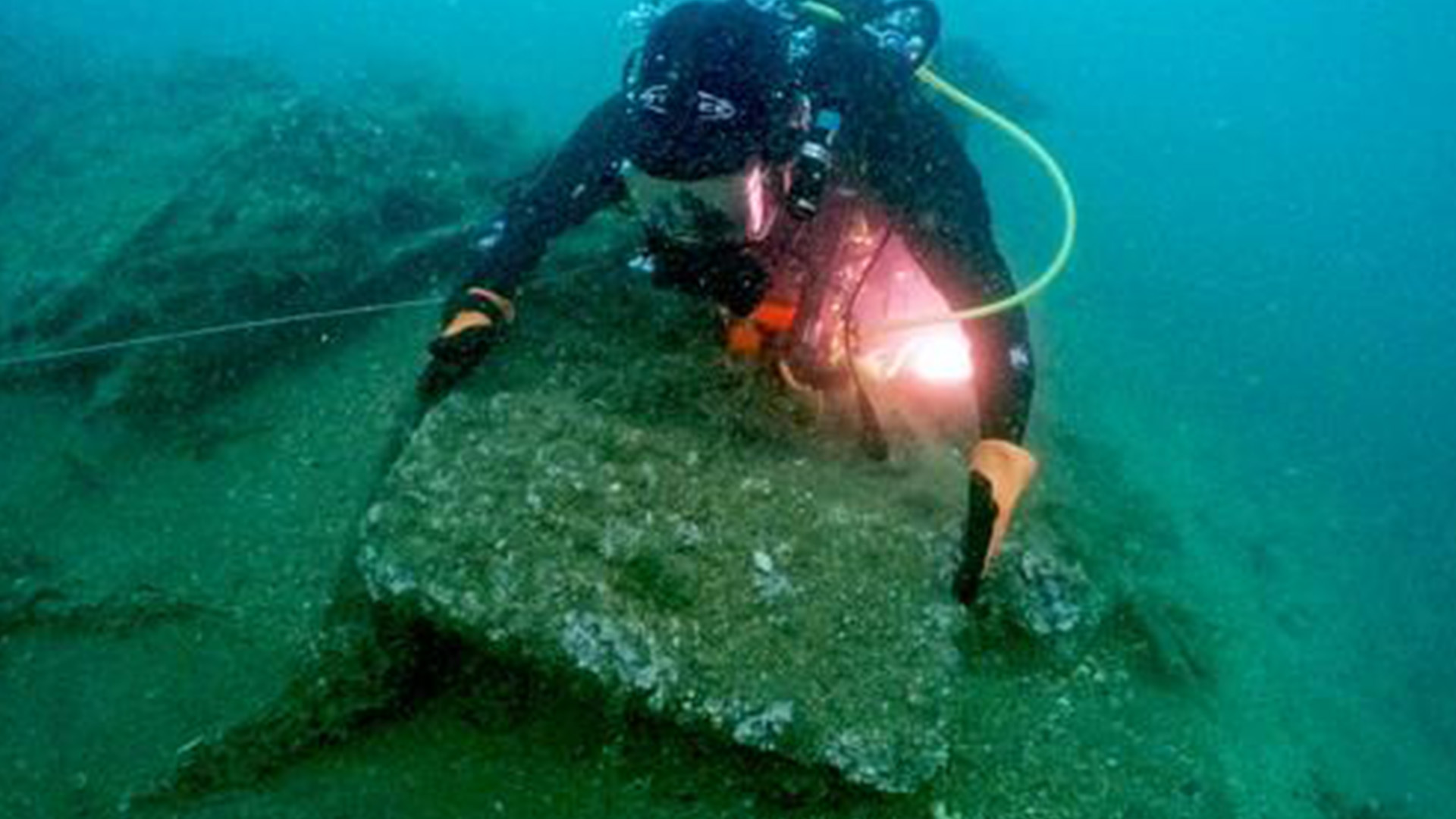
Experts want to examine the historical military equipment on the Northumberland and also learn more about the crew.
All those on board died in the sinking, including cabin boys, sailors and wealthy gentlemen.
"Obviously, a shipwreck like this is a time capsule, not just of the military material, but also of the personal effects that those sailors and others would have had on board," said Mr Jeffery.
"Being able to identify where the loss happened, being able to acknowledge that loss, and being able to add that to the story of the Navy and our seafaring nation, I think, is important, in terms of helping people to understand [Northumberland's] place in history.
"But more importantly, this was a vessel on which 300 serving sailors and officers lost their lives, so it's a war grave effectively," he added.
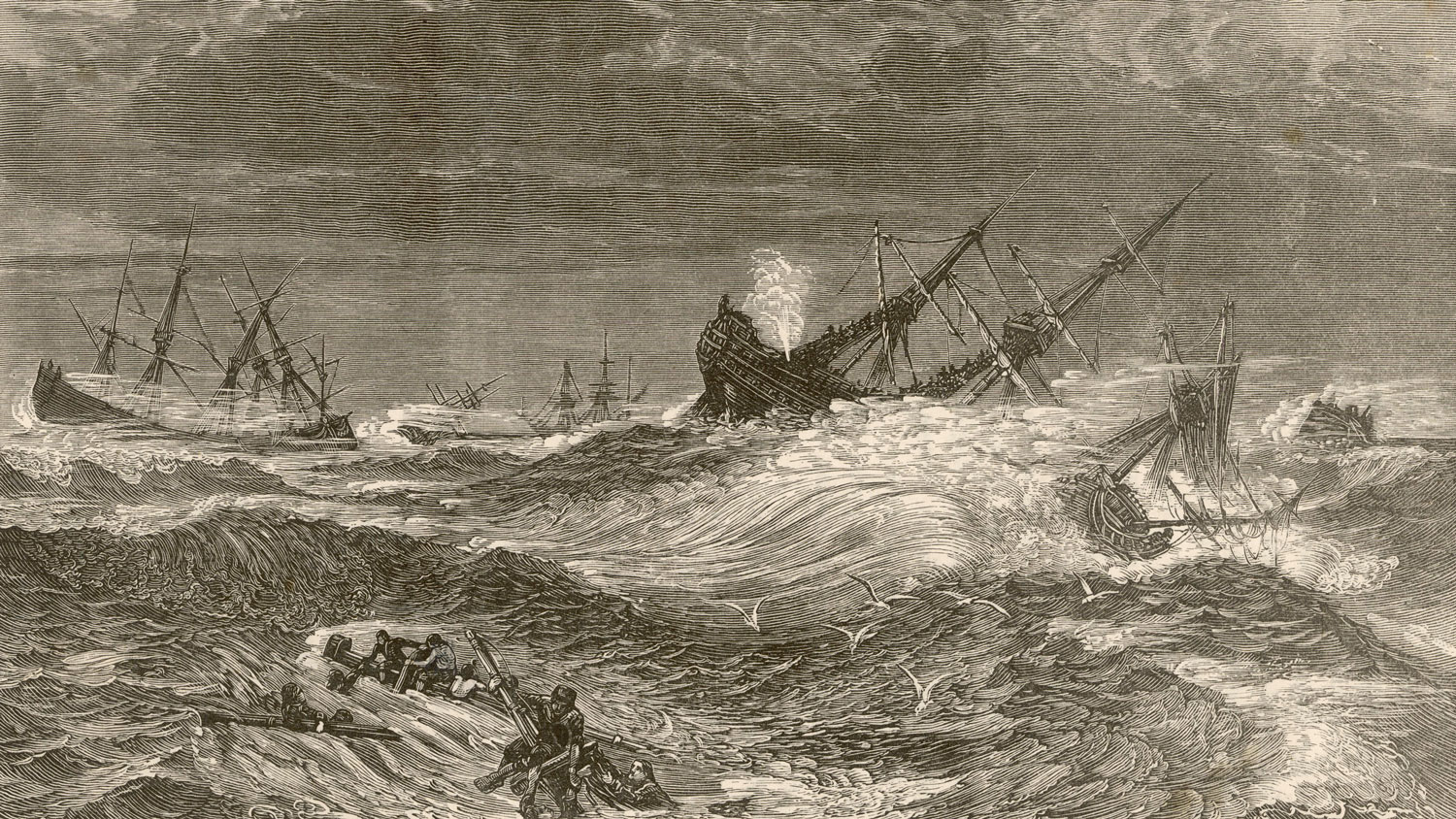
Several ships sank in the Great Storm of 1703, including three other Navy warships – the Restoration, the Stirling Castle and the Mary, all belonging to Queen Anne's fleet.
This catastrophic event had a huge impact on the Navy.
Northumberland had been part of a modernisation plan initiated by Samuel Pepys, then the Secretary of the Navy.
"Our ships had been losing battles with the Dutch and others for several decades," said Mr Jeffery.
"They were out of date, so he modernised the Navy and brought in much stricter rules.
"It [was]… almost the foundation of the modern Navy, both in terms of the technological advances of the vessels, but also the way Samuel Pepys restructured the supply and the professionalism of the officers and men.
"This vessel is really the only surviving example that we have of that really imaginative and innovative [time], but also a fundamental change to the way that the Navy was run."
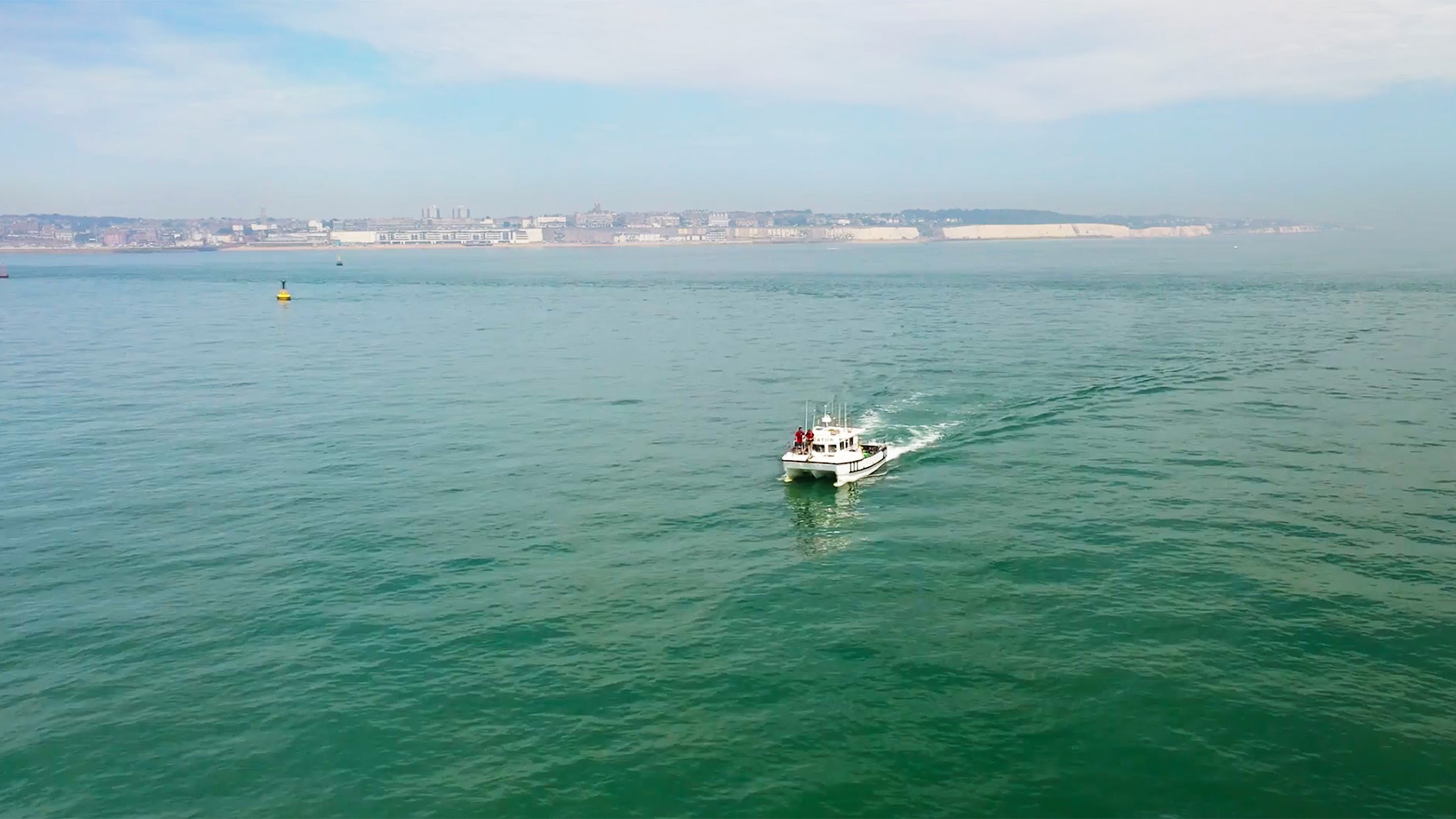
Historic England say many more Navy shipwrecks remain undiscovered, with a total of 36,000 military and civilian ships missing off the English coast alone.
"We don't know the location of all of them, but many of them are on [the] Lloyd's register, or they're in newspaper clippings," said Mr Jeffery.
Astonishingly, only around a third of those missing ships have been located.
"There's a lot still out there to be discovered and, in fact, with the number of new offshore wind farm developments, we're seeing an increase in the number of shipwrecks being identified through that development process."
More than 100 shipwrecks, which have already been identified, including Northumberland, are now officially protected by the Protection of Military Remains Act.
This protection should allow Northumberland to be preserved as a final resting place for the crew who served on her.

